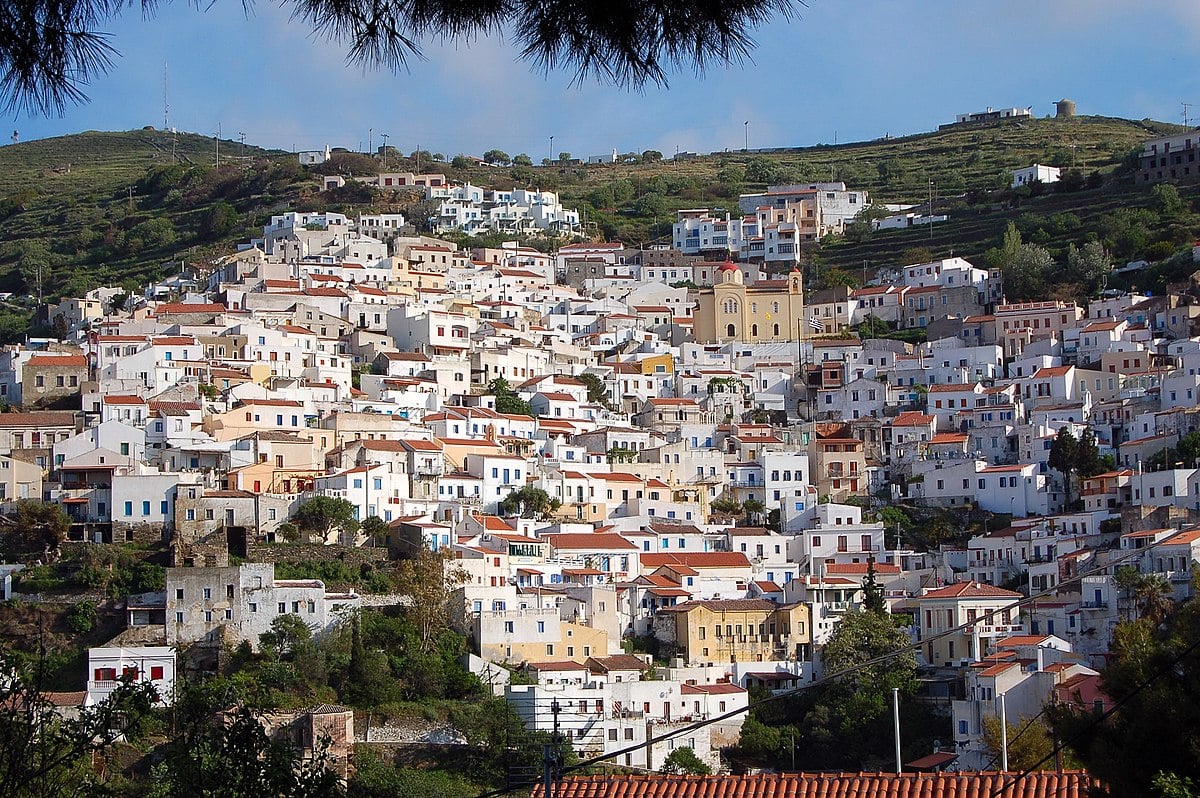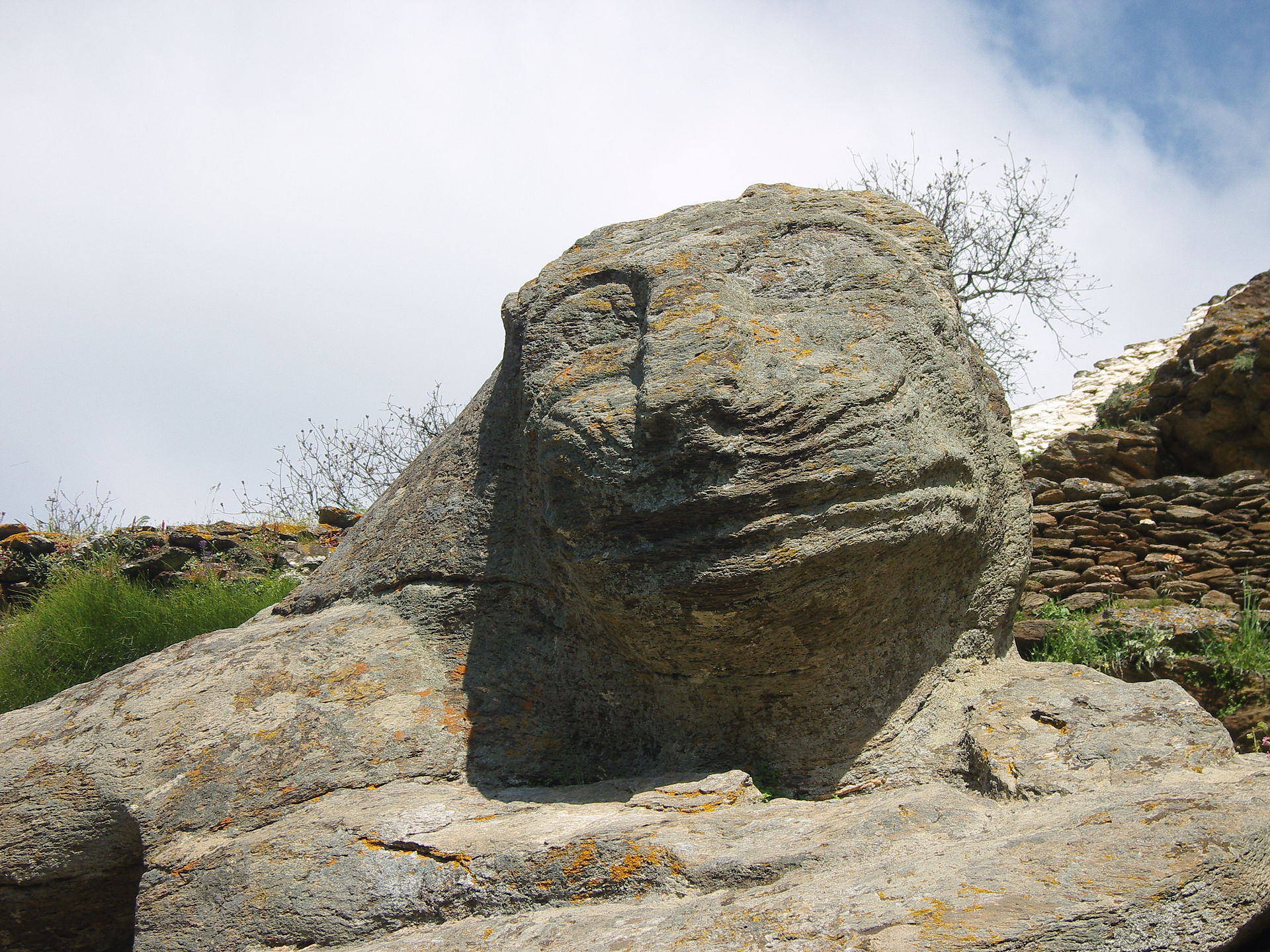
Kea, called Tzia by most Greeks, is the closest Cycladic island to the Greek capital city of Athens.
Even though it doesn’t share the fame and glamor of Mykonos or Santorini, Kea has many of the best qualities travelers to the Greek islands are looking for.
And one doesn’t have to travel far from the capital to reach Kea. It is only 60 km (37 miles) from Athens, and one can be there in an hour by ferry from Lavrio, the site of the famous silver mines of ancient Greece.
The Long History of Kea
Speaking of ancient ruins, Kea’s history starts in the Bronze Age, with a settlement at a site now called Ayia Irini. The island reached its height in the Late Minoan and Early Mycenaean eras from 1600 to 1400 BC.
During the classical period, Kea was the home of Simonides and of his nephew Bacchylides, who were both ancient Greek lyric poets.
The inhabitants were known for offering sacrifices to the Dog Star, Sirius and to Zeus to bring cooling breezes. Coins retrieved from the island from the 3rd century BC feature dogs or stars with rays emanating from them, highlighting Sirius’ importance.

The island is known for an ancient stone-carved lion, known as the Lion of Ioulis (or Liontas), which was carved sometime prior to 600 BC.
In Kea are the ruins of Karthea, one of the four ancient city-states on the island, flourishing from the Geometric Period (around 900 BC) until the Early Christian era.
It was a well-defended city with extensive fortification walls stretching over 2 kilometers (1.2 miles). Excavations have revealed the foundations of public buildings, laboratories, and even mines. These remnants offer clues about the daily life and economic activities of Karthea’s inhabitants.
Several temples have been discovered within the city limits, including the Doric Temple of Athena dating from the late 6th century BC, and the archaic Temple of Pythian Apollo from 530 BC.
During the Byzantine period, many churches were built on Kea and the prosperity of the island increased.
It was under Byzantine rule until it was captured by the Venetians after the Fourth Crusade in 1204. The Venetians built a castle on the ancient acropolis of Ioulis.
Kea Today
Today, Kea is popular with those who like the Cyclades but want to avoid its noisy and overcrowded alternatives such as Mykonos, Santorini, and Paros.
Chora, located in the center of the island, is built on the grounds of the ancient town Ioulida, the capital of Kea from the late Roman to early Byzantine times.
It’s a charming little town with traditional clay tile-roofed houses, stone-paved streets, little terraces, galleries and a challenging number of stairs. Don’t miss two significant structures built by Ernst Ziller (a famous 19th century architect), the new Town Hall and the Historic Municipal buildings.
Accommodations and overall expenses for your stay are less expensive on Kea, too. It is ideal for families and more adventurous travelers who like to discover new places.
The first thing one seeks on a Greek island is crystal-clear waters and sandy beaches to bask in the sun and cool off with a dip in the sea.
Kea has plenty of those: Otzias, Koundouros, Pisses, Gialiskari, Frea, Korissia, Kampi are only some of the beaches that beckon to winter-weary travelers.
Kea is an island for water sports lovers, as well. It has a long tradition of classic sailing, but the visitor can also engage in water skiing, wakeboarding, surfing, wake surfing, windsurfing, kitesurfing, jet-skiing, SUP, scuba diving, and all other kinds of water activities.
There are several water sports facilities on the island where one can find equipment and the appropriate trainers. Quite often, water sports races are held there, as well.
Those who like walking and rambling around to discover new vistas can use the cobblestone paths to explore Kea and admire its green ravine, remote, hidden coves, ancient ruins, and Byzantine chapels.